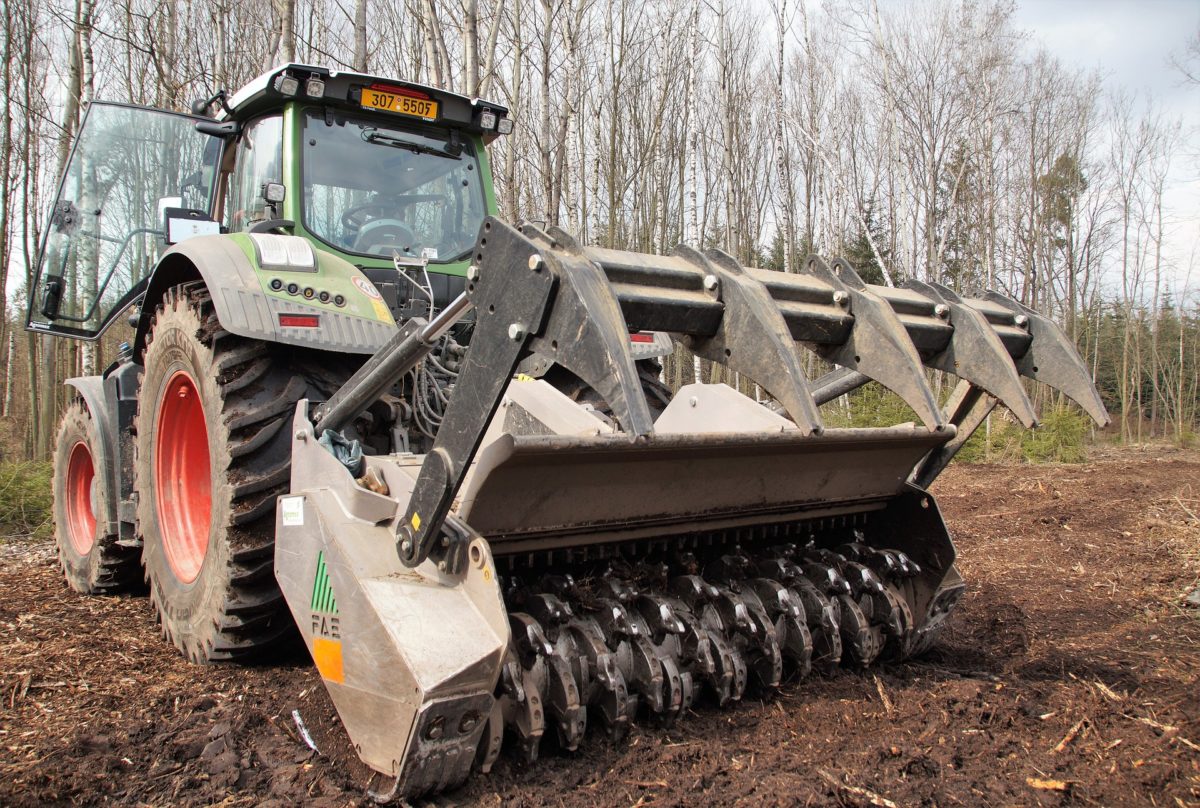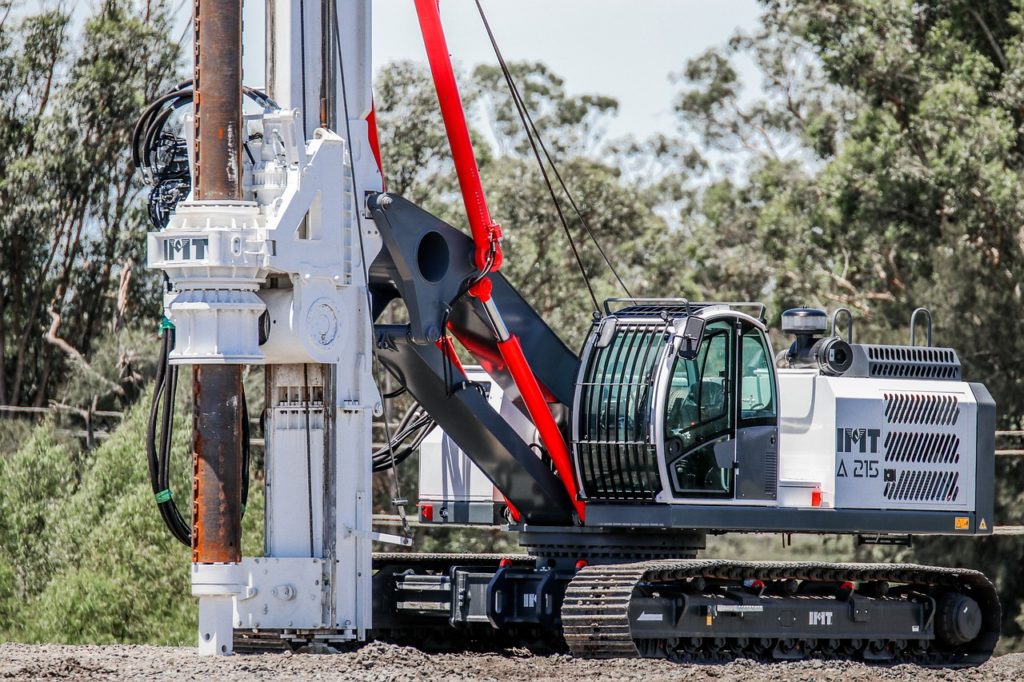Forestry mulchers have become indispensable tools in land clearing and vegetation management operations. These machines are equipped with various components, with one of the most critical being the forestry mulcher teeth. The efficiency and effectiveness of a forestry mulcher heavily depend on the quality and condition of its teeth.
In this article, we delve into the manufacturing process, quality control measures, and maintenance practices related to forestry mulcher teeth.
forestry mulcher teeth Manufacturing Process
Forestry mulcher teeth are typically manufactured using high-grade steel or carbide materials due to the demanding nature of the tasks they perform. The manufacturing process involves several stages to ensure durability and performance:
Material Selection:
Manufacturers carefully select raw materials based on their properties, such as hardness, toughness, and wear resistance. Carbide, known for its hardness and resistance to abrasion, is a popular choice for mulcher teeth.
Cutting and Shaping:
Once the material is selected, it is cut and shaped into the desired form using precision machining techniques. This step requires advanced machinery and skilled operators to achieve the exact specifications required for optimal performance.
Heat Treatment:
After shaping, the teeth undergo heat treatment processes such as quenching and tempering to enhance their hardness and toughness. This ensures that the teeth can withstand the extreme conditions encountered during mulching operations without deforming or breaking.
Surface Coating:
Some manufacturers apply special coatings to the teeth to further improve their wear resistance and lifespan. These coatings may include hard-facing materials or specialized coatings designed to reduce friction and improve cutting efficiency.
Quality Control:
Throughout the manufacturing process, rigorous quality control measures are essential to ensure that each tooth meets the required standards. This includes dimensional inspections, hardness testing, and visual inspections to identify any defects or imperfections.
By following these manufacturing steps, forestry mulcher teeth are produced to withstand the demanding conditions encountered in land clearing and vegetation management applications.
Quality Control Measures For Forestry Mulcher Teeth
Quality control is paramount in ensuring that forestry mulcher teeth meet the necessary standards for performance and durability. Manufacturers employ various measures to maintain the quality of their products:
Material Testing:
Raw materials undergo thorough testing to verify their composition and properties before they are used in the manufacturing process. This helps ensure that only high-quality materials are used for producing mulcher teeth.
Dimensional Checks:
Precision machining techniques are key to help achieve the exact dimensions required for optimal performance. Each tooth undergoes dimensional checks to ensure that it meets the specified tolerances.
Hardness Testing:
Hardness testing is conducted to verify that the teeth have been properly heat-treated to achieve the desired hardness level. This is essential for ensuring that the teeth can withstand the high-impact forces and abrasive conditions encountered during mulching operations.
Visual Inspections:
Visual inspections are crucial at various stages of the manufacturing process to identify any defects or imperfections. This includes checking for cracks, surface irregularities, or other signs of damage that could affect the performance of the teeth.
Performance Testing:
In addition to laboratory testing, some manufacturers conduct field tests to evaluate the performance of their mulcher teeth in real-world conditions. This helps identify any potential issues and allows for further refinement of the manufacturing process.
By implementing robust quality control measures, manufacturers can ensure that forestry mulcher teeth meet the necessary standards for performance, reliability, and longevity.
Forestry Mulcher Teeth Maintenance Practices
Proper maintenance is essential for maximizing the lifespan and performance of forestry mulcher teeth. Here are some key maintenance practices to consider:
Regular Inspection:
Inspect the teeth regularly for signs of wear, damage, or other issues. Replace any worn or damaged teeth promptly to prevent further damage to the machine and maintain optimal mulching efficiency.
Sharpening or Replacement:
Depending on the extent of wear, you may need to sharpen the teeth or replace them altogether. Sharpening can help restore cutting efficiency, while replacement is necessary for severely worn or damaged teeth.
Cleaning:
Keep the mulcher teeth clean and free from debris to prevent buildup that can affect cutting performance. Use a pressure washer or air compressor to remove dirt, mud, and vegetation from the teeth and cutting chamber.
Lubrication:
Apply lubricants to moving parts and wear surfaces to reduce friction and extend the lifespan of the teeth. This is especially important for bearings, bushings, and other components subject to high levels of wear.
Storage:
When not in use, store the mulcher in a clean, dry environment to prevent corrosion and damage to the teeth and other components. Proper storage can help prolong the lifespan of the equipment and reduce maintenance requirements.
Conclusion
Forestry mulcher teeth play a critical role in the efficiency and effectiveness of mulching operations. By understanding the manufacturing process, implementing rigorous quality control measures, and following proper maintenance practices, you can ensure that your mulcher teeth meet the necessary standards for performance, reliability, and longevity, ultimately maximizing the productivity of your land clearing and vegetation management operations.


